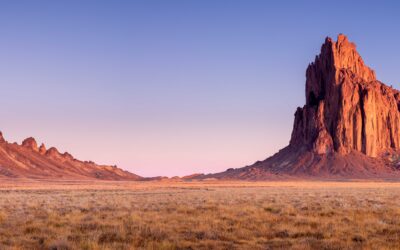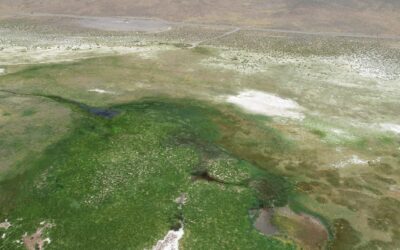Above: WestWide Drought Tracker data for winter 2020-21 show that precipitation levels across California and Nevada have fallen far below normal. Credit: WRCC/DRI.
91 percent of California and 100 percent of Nevada now in drought
Reno, Nev. (Mar 11, 2021) – Drought conditions are intensifying across California and Nevada, with U.S. Drought Monitor showing 91 percent of California and 100 percent of Nevada now in drought, according to a Drought Status Update released this morning by the National Oceanic and Atmospheric Administration (NOAA) National Integrated Drought Information System (NIDIS), the California-Nevada Applications Program (CNAP), and the Western Regional Climate Center at the Desert Research Institute.
The Drought Status Update is issued every two weeks on Drought.gov as part of the California-Nevada Drought Early Warning System and communicates the current state of drought conditions in California and Nevada using information from sources such as the U.S. Drought Monitor, NOAA, CNAP, the Natural Resources Conservation Service (NRCS), the Center for Western Weather and Water Extremes (CW3E), and others.
According to today’s update, California and Nevada remain entrenched in moderate-to-exceptional levels of drought, with precipitation totals and snowpack falling below normal. Although recent spring storms have brought moisture to certain areas of the region, those and other potential spring storms are not expected to significantly improve the drought conditions.
“The chance of getting back to an average snowpack for this winter is looking less and less likely,” said Tamara Wall, Ph.D., Associate Research Professor at DRI and Co-Principal Investigator of the CNAP program. “It is time to really start thinking about the impact that this will have across California and Nevada as we move into the warmer months.”
In Nevada, conditions are especially dire, with 40 percent of the state now classified by the U.S. Drought Monitor as “exceptional drought,” or D4 – more area than at any point during the previous drought of 2012-2016. In the Carson, Truckee, and Walker Basins, reservoir storage is also lower than it was this time last year, all currently at less than 40 percent of capacity.
During the last two weeks, the authors have noted a significant increase in drought impact reports from water utilities to agriculture as it has become clearer that drought is here to stay in California and Nevada and the region’s odds of reaching normal are low.
“Recently, we’ve seen confirmation that any remaining storms won’t bring much drought relief and drought impacts are intensifying and expanding,” said Amanda Sheffield, Ph.D., NOAA NIDIS Regional Drought Information Coordinator for California-Nevada.
Seasonal forecasts predict a continuation of warm, dry conditions over the Great Basin and Southwestern U.S. as we head into spring and early summer. As drought conditions intensify, impacts to agriculture, water supplies, and forests are expected, as well as increased wildfire potential.
“The abnormally dry conditions that we’ve had this winter mean a second dry year for much of California and Nevada, which means that working on our drought preparedness right now is essential,” said Julie Kalansky, CNAP Program Manager, Scripps Institution of Oceanography. “These conditions have potential implications for agriculture, ecosystem health, water supply, and fire potential.”
Additional information:
To view the full Drought Status Update for March 11, 2021, on Drought.gov, please visit: https://www.drought.gov/drought-status-updates/drought-status-update-california-nevada-2
###
The Desert Research Institute (DRI) is a recognized world leader in basic and applied interdisciplinary research. Committed to scientific excellence and integrity, DRI faculty, students, and staff have developed scientific knowledge and innovative technologies in research projects around the globe. Since 1959, DRI’s research has advanced scientific knowledge, supported Nevada’s diversifying economy, provided science-based educational opportunities, and informed policy makers, business leaders, and community members. With campuses in Reno and Las Vegas, DRI serves as the non-profit research arm of the Nevada System of Higher Education. For more information, please visit www.dri.edu.



